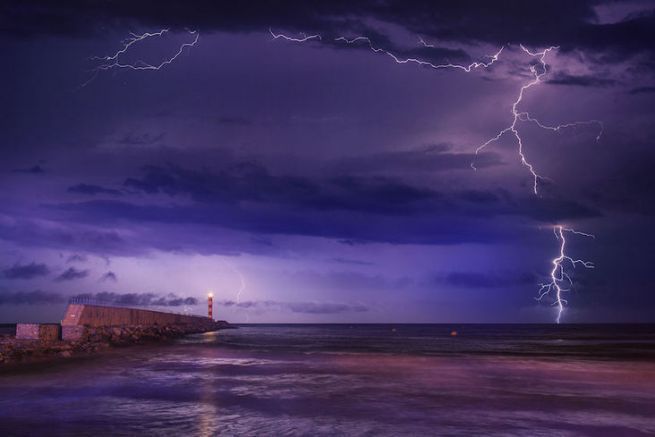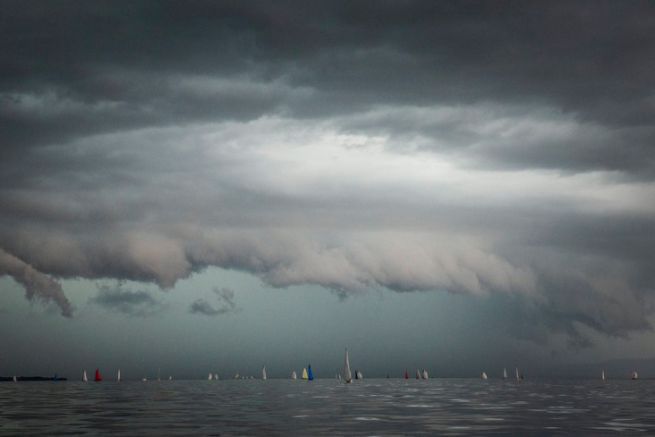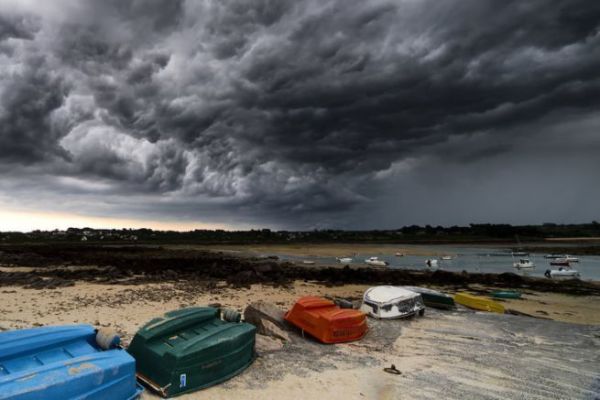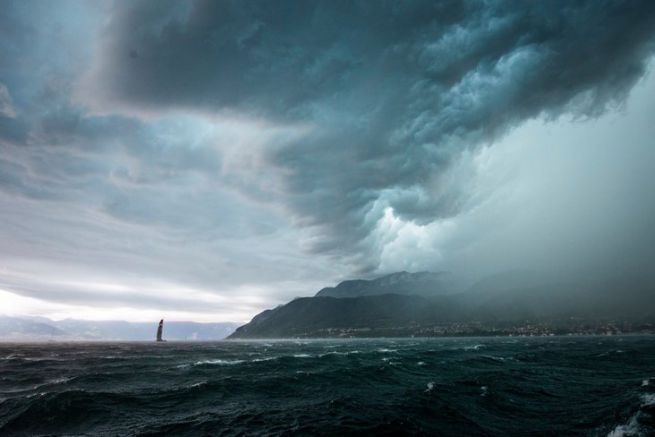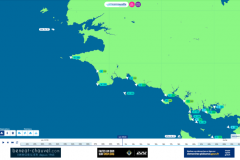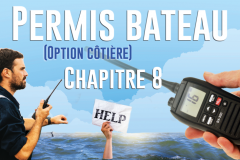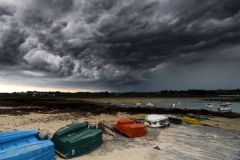Although going out at sea requires a careful analysis of the weather to avoid any complications, as a yachtsman you may come up against thunderstorms and lightning. In this report, we take a look at the structure of a thunderstorm and its various components: lightning, lightening and thunder. You'll find an explanation of these different phenomena to help you recognize and understand them better.
We also explain how to define the different types of thunderstorms at sea, so you know if they're going to hit, and learn how thunder squalls move. There are several types of thunderstorm: thermal thunderstorms, thunderstorms linked to a polar front. You'll also learn how to predict the trajectory of a thunderstorm using the various equipment on board our boats, and how far away lightning will strike.
Once you've learned about lightning and how it generates lightning strikes, we'll take a closer look at the possibility of being struck by lightning, and the effects it will have on your boat, as well as your electrical equipment. Find out how to protect yourself and your equipment in the event of a lightning strike.

 /
/ 

